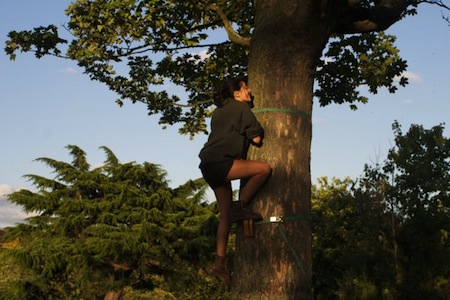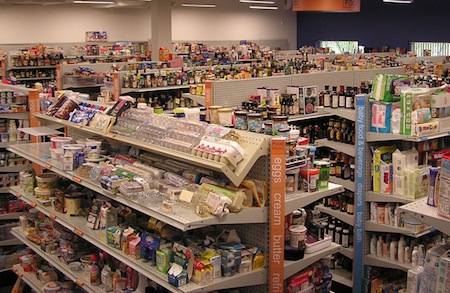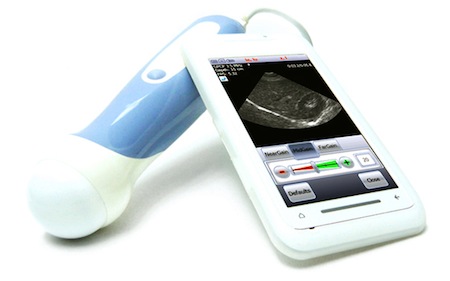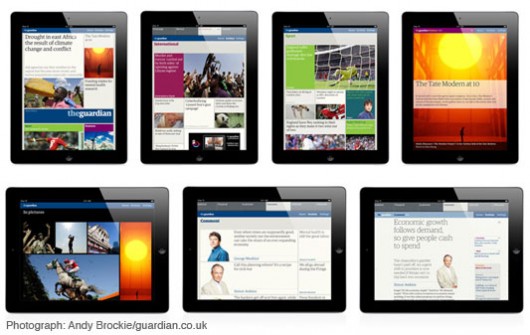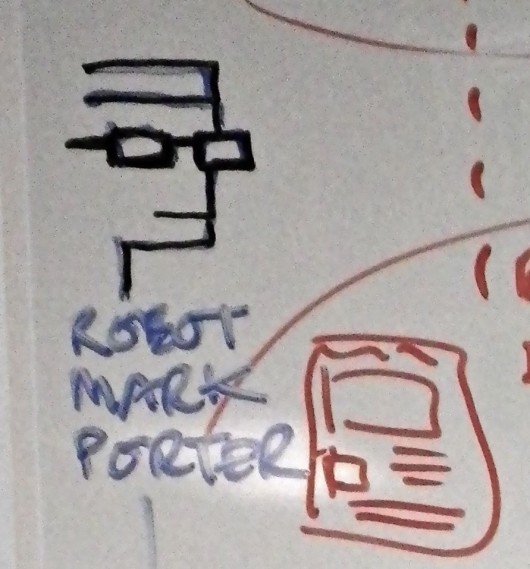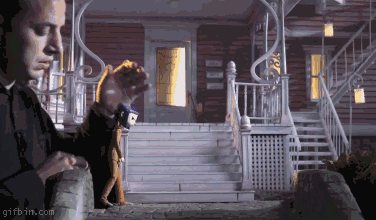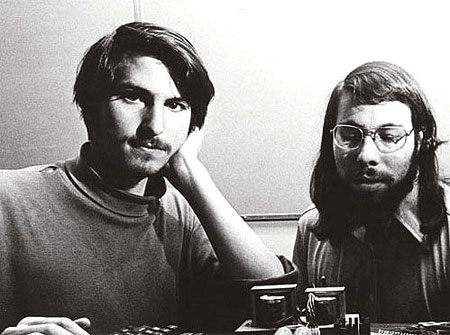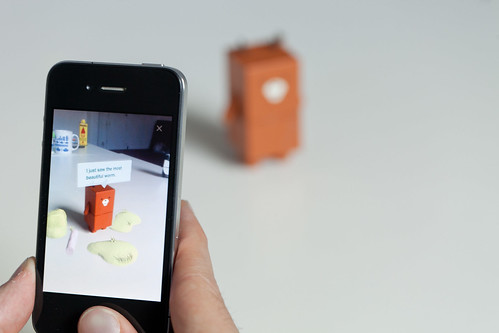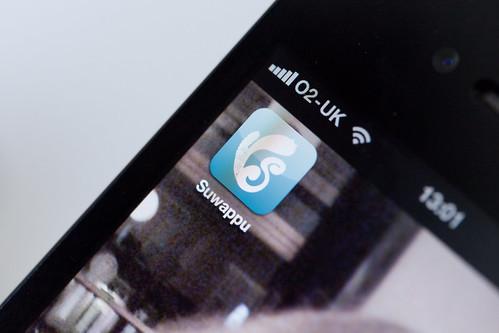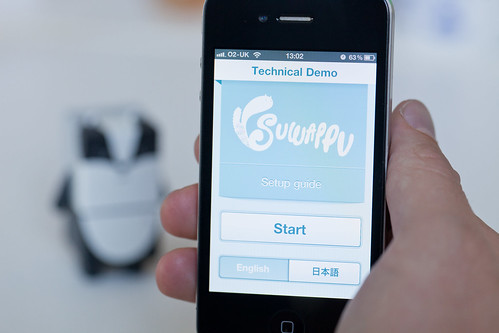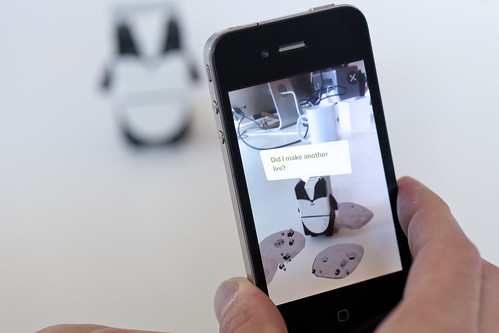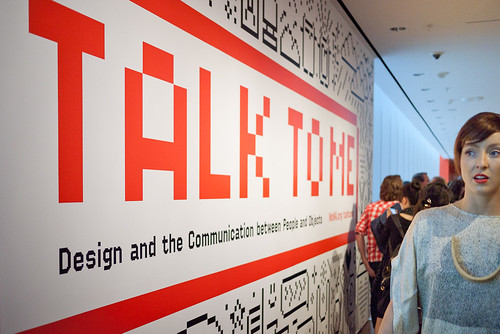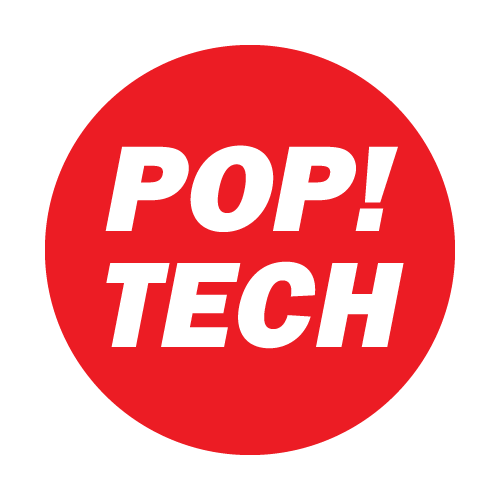The cold but sunny London mornings see us in the middle of week 332. We’re all much healthier this week, with last weeks human bugs all ticketed, fixed and filed.
Jack and Matt Jones are in New York as I type. They’ve gone for a mix of reasons; secret client meetings and non-secret public speaking.
As nice as NY is, it’s an exciting time to be in the studio. It feels like everything has come on leaps an bounds in the past few weeks. Projects are getting more visual—more tangible—by the day. Andy has just unwrapped a package which saw us all trailing in his wake on the path to Statham (the tiny back room in Berg). This is another part of Weminuche falling in to place—and it’s so easy to see how everyone’s different type of work will manifest itself now.
Alex and I have been creating the visual side of Weminuche, working closely with James and Alice. There’s a general feeling of delight as wireframes become working prototypes. (As a visual designer working on digital design, I still get so excited as things start working that I wish I could pick stuff up and squish it).
My part of the design is also uncovering bugs for Nick to wrangle. He’s extremely gracious every time ‘Oh, that’s good… It’s good to know that might happen, I’ll look into it now’. And he does. I keep waiting for the ‘ARGH! Enough! Can’t you just leave it for 5 minutes?!’ but it’s not happened as yet. Nick is working closely with Andy too, who is often buried headfirst in spreadsheets, and schematics.
Nick is also working with Joe and Simon, on the Uinta project. Again, it’s such a delight to see this developing, Joe’s design is beautiful, despite the fact that every time you talk to him he’s had some new kind of technological disaster. (Latest: laptop monitor has stopped working).
Timo is planning and editing new films. Due to our office space issues, he’s hidden away in our temporary other office (known as BERG 9), but does appear now and again for cups of tea and the odd meeting. I’m looking forward to seeing the plans for the next film, which will support some of the work Matthew is doing.
Kari and Simon are, as ever, the people that keep us going. Kari by booking flights for new workshops and continuing the ever frustrating search for new office space. It sounds like we’re getting there, but it’s certainly not been easy. Simon has been keeping control of client and internal projects, and doing a good job of keeping us in touch with some of the people outside the office we’re also working with.
All in all, interesting times.
